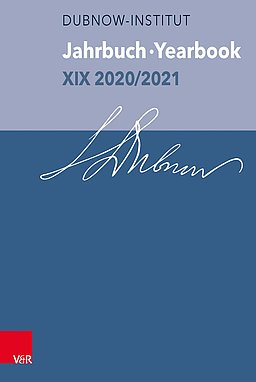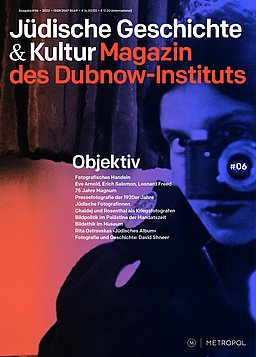The Jewish Goethe
History of an Elective Affinity
This research project examines the history and forms of the idiosyncratically Jewish veneration of Goethe from a broad perspective. Beginning with Rahel Varnhagen and Heinrich Heine in the nineteenth century, it leads through Georg Witkowski and Ludwig Geiger to Walter Benjamin and ends in exile with Hannah Arendt and Werner Kraft, among others. Its central focus is on texts that edited, interpreted, commented, and translated Goethe’s oeuvre and that related his works to the authors’ own lives. The project thereby makes visible a quasi-Jewish corpus of several hundreds of editions, monographs, dissertations, biographies, analyses, and essays, as well as poems, formative concepts, and Goethesque figures of thought.
This literary knowledge negotiated not only the Jewish aspects of Goethe, but also a self-understanding of many German Jews that can only be described as Goethesque. What contemporaries called an “elective affinity”, namely the affinity of the German and the Jewish, was at the time considered self-evident: Over the course of a century, Jewish intellectuals developed a theoretical text of modern belonging through metaphors of proximity, of togetherness, and precisely of affinity that balanced individual ambitions with collective formations. This canon can today be appreciated in both capacities: as an empirically demonstrable, cultural/linguistic as well as historical/literary body of knowledge on the one hand and as an expression of an ultimately unrealized longing on the other, which not only failed due to politics and society, but was also endangered from the outset in the ideal realm of literature and the imagination.
Contact
Dr. Nicolas Berg



